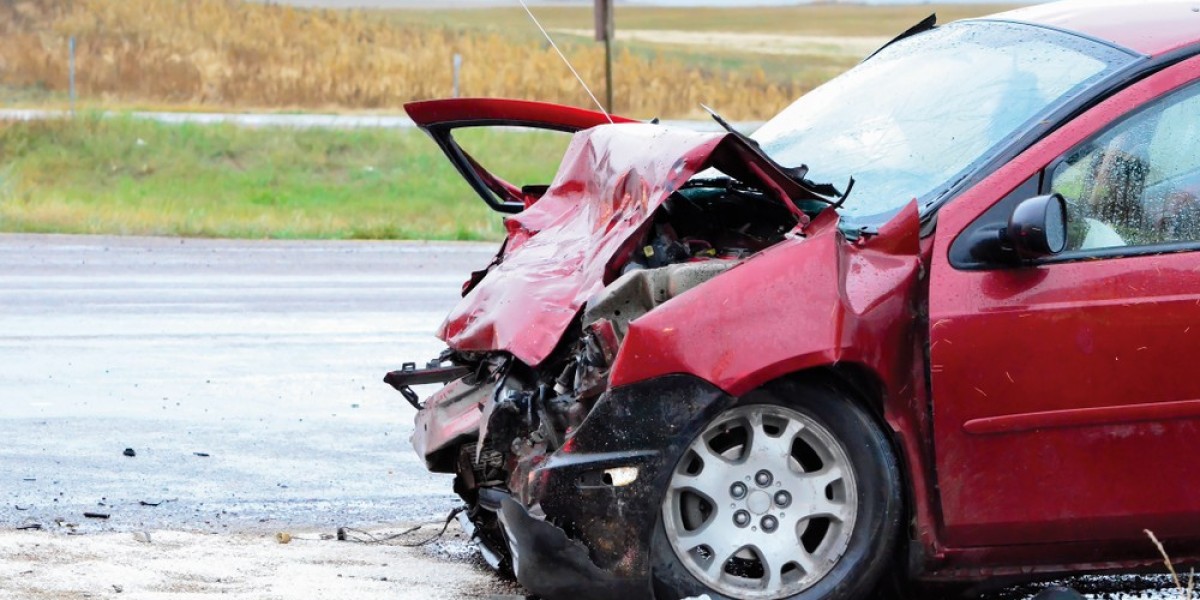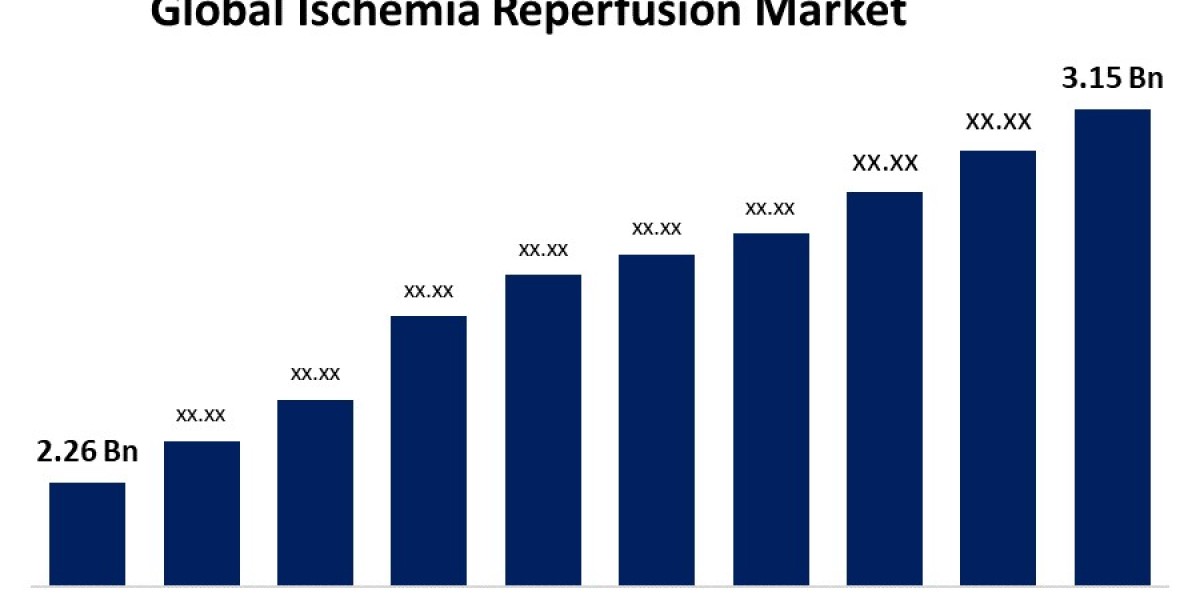Have you ever wondered what happens when your car takes a hit, leaving you to ponder its fate? Understanding when a vehicle is deemed a total loss is crucial for every driver. Picture this: a collision, a crumpled fender, and suddenly you're faced with a decision. But when does your beloved ride transition from a fixable hiccup to a total loss?
In this simple guide, we demystify the process, using plain language to shed light on when your vehicle earns the title of being "totaled." Let's embark on the journey of unravelling this automotive enigma!
Determining a Total Loss:
Ever wondered how a fender bender turns into a total loss? Let's break down the process in simple terms:
Basic Calculation of Vehicle's Value
When determining if a vehicle is a total loss, two critical factors come into play:
- Market Value vs. Agreed Value:
Your car's worth is either based on the market value, what a similar vehicle would sell for, or the agreed value set in your insurance policy. Knowing which one applies helps in understanding the financial side of the decision. - Depreciation Factors:
Time takes its toll on every vehicle. Depreciation is the decrease in your car's value over time. Understanding how this impacts the final calculation is key to grasping the total loss concept.
Factors Leading to Total Loss
- Accidents and Damages:
Not all accidents are created equal. Some damages may seem minor but can add up, making your car unfit for the road. Recognizing the extent of the damage is vital in gauging if your vehicle is on the road to being declared a total loss. - Repair Costs vs. Vehicle Value:
When repair costs skyrocket close to or exceed the car's value, it often signals the end of the road for your vehicle. This straightforward comparison helps insurers decide whether investing in repairs makes financial sense or if it's time to declare the car totaled.
Understanding these basic calculations and factors gives you a clearer picture of when your vehicle teeters on the edge of being labelled a total loss.
Insurance Involvement
In the aftermath of a significant car mishap, your insurance becomes your safety net. Here's how the process unfolds:
Role of Comprehensive Insurance
Your comprehensive insurance steps up as the hero in the story. It's not just about minor fender benders; comprehensive insurance is the shield that covers a range of unexpected events, including those leading to a total loss.
Reporting the Incident to the Insurance Company
Once the dust settles, it's crucial to report the incident to your insurance company promptly. This ensures that the wheels are set in motion for your claim to be processed.
Inspection and Assessment Process
Now, let's break down the nitty-gritty of how the insurance company assesses the damage:
- Physical Inspection
An expert eye examines the extent of the damage to your vehicle. This involves a thorough look at the visible wreckage to determine if repairs are even feasible. - Consultation with Repair Experts
The insurance company may consult with repair professionals to evaluate the practicality and cost-effectiveness of fixing your vehicle. Their input plays a vital role in deciding the next steps.
In case, your car is declared totaled or total loss by the insurance company then you still have options to sell it, such as cash for cars Sydney services buys the totaled vehicle and pays you reasonable value for it.
Total Loss Thresholds: The Decision-Making Process
When your car takes a hit, and the repair costs start piling up, there's a critical point where it might be labelled a total loss. Let's dig into the details in a way that won't give you a headache.
Common Percentage Thresholds:
Imagine your car's total worth is like a piggy bank, and fixing it is taking coins out. When the repairs gobble up around 75% or more of what your car's worth, that's the "uh-oh" moment. It's commonly known as the 75% Rule.
- 75% Rule Explanation:
If the repair bill reaches or crosses 75% of your car's total value, many insurers say, "Let's not go there." It's often more sensible to say goodbye to the old ride. - Alternatives to Percentage Thresholds:
But wait, it's not all about the numbers. Some insurers also consider your car's age and the specific damages it's got. A bit like looking at the bigger picture.
Sell your total loss vehicle to car removal rockdale services!
Importance of Clear Communication with the Insurer:
Talking openly with your insurer is like sharing the whole story – the good, the bad, and the dented.
- Transparent Reporting:
Don't hold back. If there's a scratch or a ding, spill the beans. Full honesty helps the insurer understand the real deal. - Providing Necessary Documentation:
Paperwork might not be thrilling, but it's a big deal. Keep track of all the receipts, repair estimates, and paperwork. It's like a paper trail that helps the insurer piece together the puzzle of your car's condition. The more they know, the better they can decide what's next for your once-pristine vehicle.
Options After a Vehicle is Declared a Total Loss:
When your car is deemed a total loss, you face a crossroads. Here are your two main options:
Accepting the Insurance Payout:
If you choose to go this route, the first step is understanding the settlement offer. This is the amount your insurance company is willing to pay for your totaled vehicle. Take the time to grasp the details. If you feel the offer falls short, don't hesitate to negotiate with the insurer. They might be open to adjusting the amount.
Retaining the Salvage:
Another option is keeping your damaged vehicle, known as retaining the salvage. There are pros and cons to this choice. On the positive side, you might save on replacement costs or have sentimental reasons for keeping the car. However, consider the legal and safety aspects carefully. Salvage vehicles often require thorough inspections and can have limitations on road use. Be aware of the implications before deciding.
Conclusion
In conclusion, understanding when a vehicle is considered a total loss is crucial for Australian drivers navigating insurance claims. Clear communication with insurers, awareness of total loss thresholds, and knowledge of available options empower individuals to make informed decisions. Being well-informed ensures a smoother process in the aftermath of an accident, helping drivers move forward confidently.


